Tag Archives: origami
Flexible Origami-inspired bottle folds down to a compact, pocketable size!
There’s a certain, undeniable convenience to the plastic bottle. It’s easy to just take off the shelf, drink from, and then throw away once you’re done. You don’t need to worry about carrying a bulky bottle along with you that occupies the same amount of space, even when empty. The convenience of plastic is addictive, but it comes at a price. There’s a garbage island the size of Texas floating around in the pacific sea, COVERED with plastic bottles we used and threw away without batting an eyelid. Plastic bottles are preferred because they’re more convenient than carrying your own bulky empty bottles around with you, but the Origami Bottle may have a solution to that convenient problem.
Designed to be reusable, but more importantly, be collapsible, the Origami Bottle folds down to 20% of its original size when not in use. Small enough to easily fit into any bag without occupying much space, the Origami Bottle neatly folds down to a nice, portable puck that’s easy and convenient to carry around. When you need to fill it up, the bottle opens up to a full size of 25oz (750ml).
Made from a food-safe non-toxic TPE, the Origami bottle is characterized by its network of creases that cover the bottle’s sides. These creases act as fold lines, allowing the bottle to collapse and expand whenever you want it, but here’s where the Origami bottle’s design shines through. When entirely expanded, the bottle remains rigid and upright, thanks to the Origami bottle’s curved walls which become robust when the bottle’s opened out. When you need to fold the bottle down, just unscrew the cap and push against the horizontal crease lines and the bottle goes back to its small, portable form factor.
The bottle comes with a spill-proof leakproof cap along with an integrated carry-ring that lets you suspend it from your backpacks. Perfect for hot beverages as well as cold drinks, the Origami bottle can be used as a regular bottle during your day-to-day outings as well as while traveling outdoors. Aside from helping take plastic bottles out of circulation, the Origami is made from a proprietary material called Arnitel Eco, allowing it to be “closed-loop recyclable”, which means the bottle’s materials can be 100% recycled to the same quality. Pretty neat, eh? Did I also mention they come in a bunch of colors, and since they’re collapsible they’re also ridiculously easy to clean??
Designer: DiFOLD











This beautiful accordion-inspired ambient light transforms into whatever shape you want!
You’ve heard about fidget toys, but have you ever heard about fidget lighting? The Accordion Lamp from Gingko is the perfect example of a lighting design that doesn’t just illuminate… it interacts too! The folding/foldable lamp comes a pleated Tyvek-paper shade sitting between two pieces of wood. The lamp’s lights illuminate through the pleated paper, while the Tyvek’s folded nature allows you to maneuver the lamp like a slinky, adjusting it in a variety of shapes and forms.
The lamp’s LED lighting and battery come built right into its wooden ends, and hidden magnets allow the ends to snap to each other, creating interesting-looking closed forms, or even allowing you to hook up multiple Accordion Lamps to create one singular, fun, flexible strip of lighting! The portable lamp comes with two light color-temperatures, allowing you to switch between warm and cool lighting just by shutting and opening the lamp, and provides 7-10 hours of lighting (and playing) on a full battery charge!
Designer: Gingko Design
Designer: Gingko Design
How to Make an Origami Globe

If someone asked me to make an origami swan, I’d have a hard time doing it, so I can’t imagine being able to construct a complete globe of the Earth by folding paper. But those with more patience and papercrafting skills than I should check out this tutorial that was recently posted on Instructables.
Paper artist Jorik Dammann shared detailed instructions on how he created this vibrant globe using colored paper and lots and lots of folding.

The trick to building the paper globe is that it’s made up using little triangular units, each of which interlocks to form a piece of the finished model. He started out by printing a map projection that accounted for the curvature of the earth, then mapped out which paper colors would correspond to each continent. Once he had his plan, he had to individually fold over 1,400 pieces of paper, and assembled the globe one slice at a time, starting from the equator out.
The tutorial includes a listing of exactly how many triangles are needed for each slice, though I imagine you could simply multiply these counts if you wanted to build a bigger version – with some extra rows added to keep it round and not too blocky. The main sphere is held together without glue, though the base structure benefits from some hot glue, and yes the globe actually spins, thanks to a pencil running through its center.
The Instructables tutorial makes it all sound simpler than it looks, especially since Jorik did all of the hard work planning things out. Still, you’re gonna need a lot of time and patience if you decide to build one of these for yourself,
Origami-inspired product designs that will simply transform your lifestyle!

You have to love origami for the creative freedom and empowerment it gives to humble materials like paper and leather. Using simple, intuitive yet strengthening techniques, origami is like a shot of superhero juice that transforms these products into super-products that fold, hold heavy weights and basically challenge your perception of the capability of that material! And let’s not forget, all this is happening under the beautiful and minimal approach ushered in by the nation that designed origami in the first place, Japan. So get ready to watch and be awed by this collection of designs that will surely transform and find a place in your everyday lives!

With the Imagiro, the carpet isn’t just a carpet anymore, but instead is an imagination-fueled origami art-installation that decorates your home (or even a hotel/retail space) in all three dimensions, displayed as a part of the Wayon showcase by EINA University of Design, Barcelona.

When packaged, the Fold wallet comes as an open, unfolded piece of leather, secured to a packaging board that also contains the instructions to assemble the wallet together. With two simple fasteners, the Fold wallet comes together, transforming from a flat piece of leather to an incredibly useful, classy, zero-compromise wallet that’s sure to spark conversation by Lemur Design.

The Polygons is the origami-like measuring spoon that lays flat and folds to 4 different sizes to fit your cooking and baking needs by Rahul Agarwal.


Crafted from environmentally friendly PVC and PP, the FODI is a nifty little stand for your tablet and smartphone. When flat, it measures a cool 1mm thick and uses the powers of Origami to fold open into a convenient stand that lets you dock your smartphone or tablet onto it at a convenient angle for watching videos, movies, or just regular video-chatting by Kade Chan & Kiho Satoshi.

This technique takes a spin on the everyday mechanism of contracting and stretching an origami structure to turn on the light! Designed by Yael Akirav, this ‘conductive origami’ came to life by 3D printing the conducting filament on fabrics.


The Bone Aid is a simple flat-packed board with a printed folding guide. The guide allows it to be folded in three different ways, making it an effective cast for elbows, legs or ankles by Yu-Chi Wang.

The Omotenasino Otomo employ an Origami-esque pattern, and their innovation lies in the treatment of the paper, which makes these dishes infinitely washable and reusable.

The pop-up booster for Bombol is the first fold and store away booster seat for toddlers. The pop-up is comprised of an origami structure which is incredibly strong and safe. How strong? The pop-up met both the international safety standard for boosters and even the standard for adult furniture, which meant pounding it with a 75kg weight over 20,000 times – and it still didn’t break, designed by Frederic Gooris for Bombol.


3box is a series of foldable boxes, which size and function can be adjusted by scaling the triangular 2d mesh by King Kong Design.

Setting out to design a motorbike that is indicative of Japan’s culture, spirit, and aesthetic, Artem and Vladimir designed the Motorbike for Great Japan. The motorbike’s design makes use of planar surfaces, reminiscent of samurai uniforms, and a body with an origami-inspired form.
Who knew Origami and Robotics were a match made in heaven!?
With two very unlikely reference points, origami and robotic actuators, Arnav Wagh’s robots mimic the dexterity of human hands, but actuated through hydraulic or pneumatic pumps. Developed as an experimentation in ‘soft robotics’, FLXO’s applications go far and wide. Using clever origami folding and readily available parts like actuators and pumps, FLXO helps democratize robotics, allowing people to experiment and tinker with the technology without relying on expensive machines and fabricated parts.
Wagh developed FLXO to be a budget-friendly yet effective way to work with soft robotics, and designed a system around it that allows you to quite easily put together your own robot in minutes. At the heart of FLXO are the different types of actuators, and their innovative origami sleeves that enable their unique movement. Whether you need components that bend, twist, or compress and expand in a linear path, FLXO’s 3D printed sleeves achieve all the aforementioned movements, and the actuators (which are compatible with VeX robotics kits) are designed to be modular, and can easily be assembled together to make anything from a human hand to a walking toy.
Still in its infancy, Wagh believes soft robotics is a exciting and emerging field, but still lacks universal accessibility. Designed to be as ubiquitous as LEGO, FLXO aims to bring soft robotics and its cornucopia of possibilities to anyone who wants to build robots that aren’t rigid in their design and approach, but are more organic and highly adaptive to their surroundings.
Designer: Arnav Wagh








A foldable pour-over coffee brewer that’s thin enough to fit in your wallet
Meet Pourigami, the world’s smallest coffee-brewer. Designed to be an incredibly creative way to brew coffee no matter where you go, the Pourigami occupies the same amount of space as three credit cards piled one upon the other. Comprising three interlocking metal plates, the Pourigami transforms into a pour-over brewer that can sit on top of your cup, neatly nestling a conical coffee filter in its negative space.
Created by a bunch of people who absolutely loved brewing and consuming cups of coffee, the Pourigami was envisioned as a great way to carry your coffee-brewer with you. Big enough to brew one cup of coffee at a time, small enough to slip into your wallet when you’re done, and light enough to take practically anywhere, Pourigami is made of three uniquely shaped stainless-steel cards that measure just 2.4mm when stacked together. Open them out and dock them within each other and you’ve got yourself a pour-over coffee maker that rests on any cup, and can be used with any #2 size coffee filter. The Pourigami’s triangular shape makes it stable, and the stainless steel build is the perfect choice for its reliability food-grade nature and rustproof-ness.
Measuring at 5.1 inches x 2.5 inches, the Pourigami is a tad bit larger than your credit card, and was designed to fit right into your pocket. Designed to be carried everywhere, the Pourigami is for people who want to be able to get their coffee fix anywhere on the planet… because you’re less likely to find a Starbucks on an outdoor trail, and instant coffee is, well, it isn’t real coffee.
Designer: MiiR











A bike that demonstrates how Japanese culture can influence automotive design
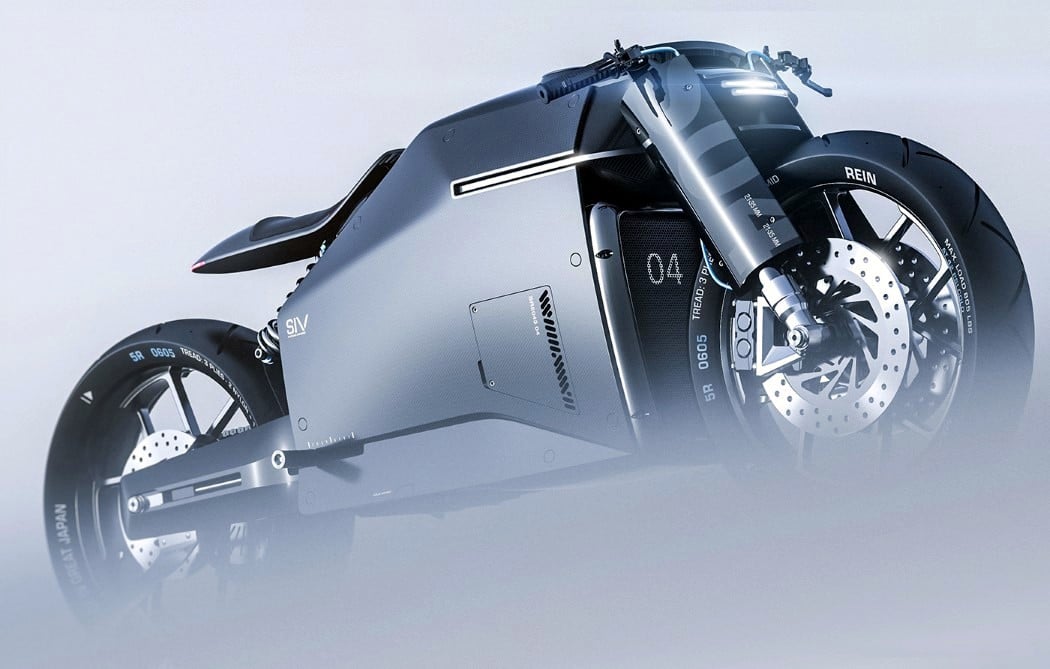
Artem and Vladimir believe Japan’s design ethos lies heavily on their culture and history, pulling inspiration from minimalism, origami, and traditions like the samurai spirit, but a heavy European influence has resulted in Japan’s large automobile industry following cues that aren’t originally Japanese. Setting out to design a motorbike that is indicative of Japan’s culture, spirit, and aesthetic, Artem and Vladimir designed the Motorbike for Great Japan.
The motorbike’s design makes use of planar surfaces, reminiscent of samurai uniforms, and a body with an origami-inspired form. It even goes the distance to integrate a Samurai-sword-style woven handle for the handlebar grips! The bike comes with a styled carbon-fiber body, which not only makes the bike lighter and faster, but allows it to achieve its origami-style design rather seamlessly. The bike even sports dual-suspension on the front and the back, along with an adjustable seat for comfort, and what looks like a push-to-accelerate footrest. That’s innovative, even by Japanese standards!
Designers: Artem Smirnov & Vladimir Panchenko
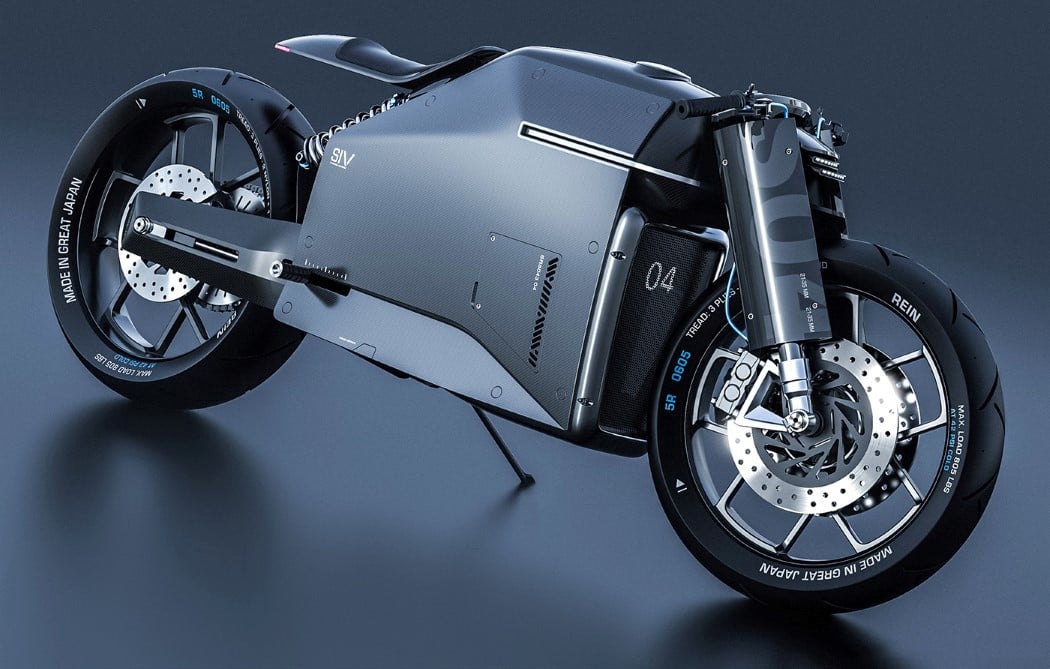
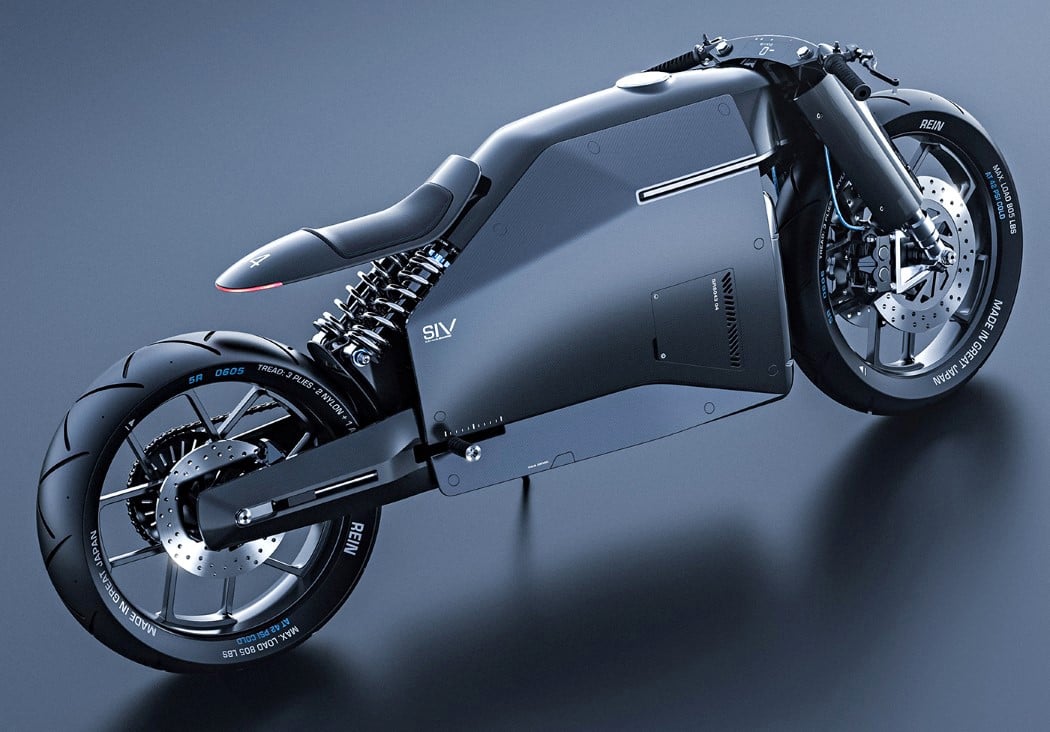
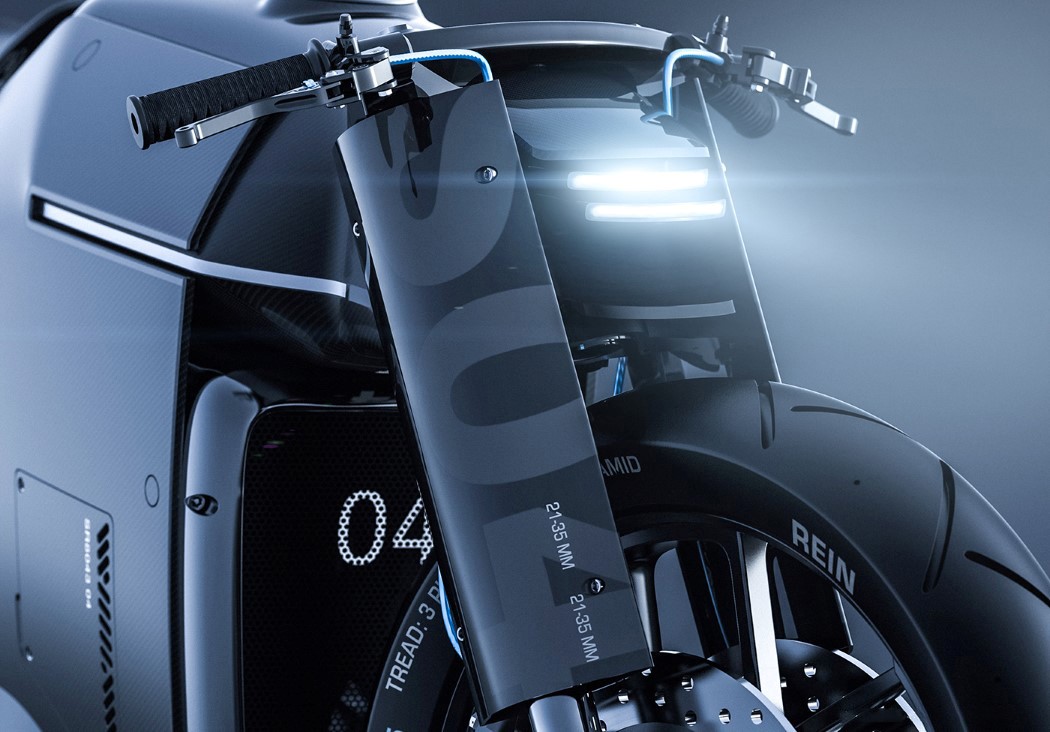
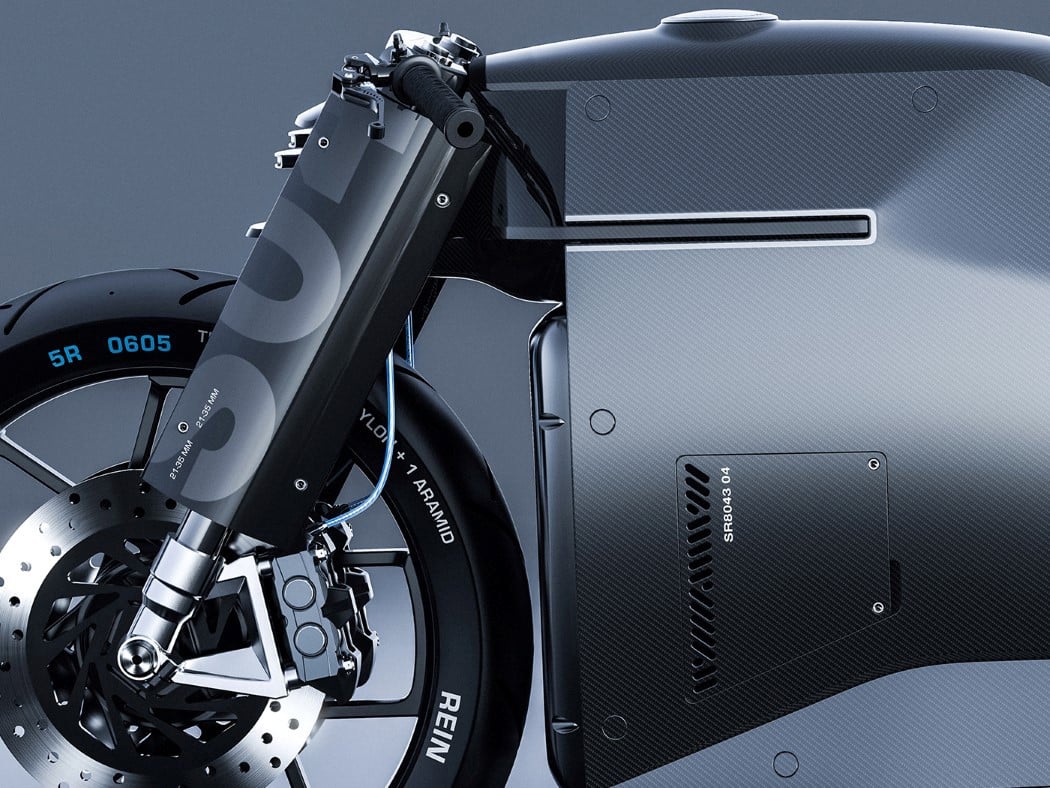
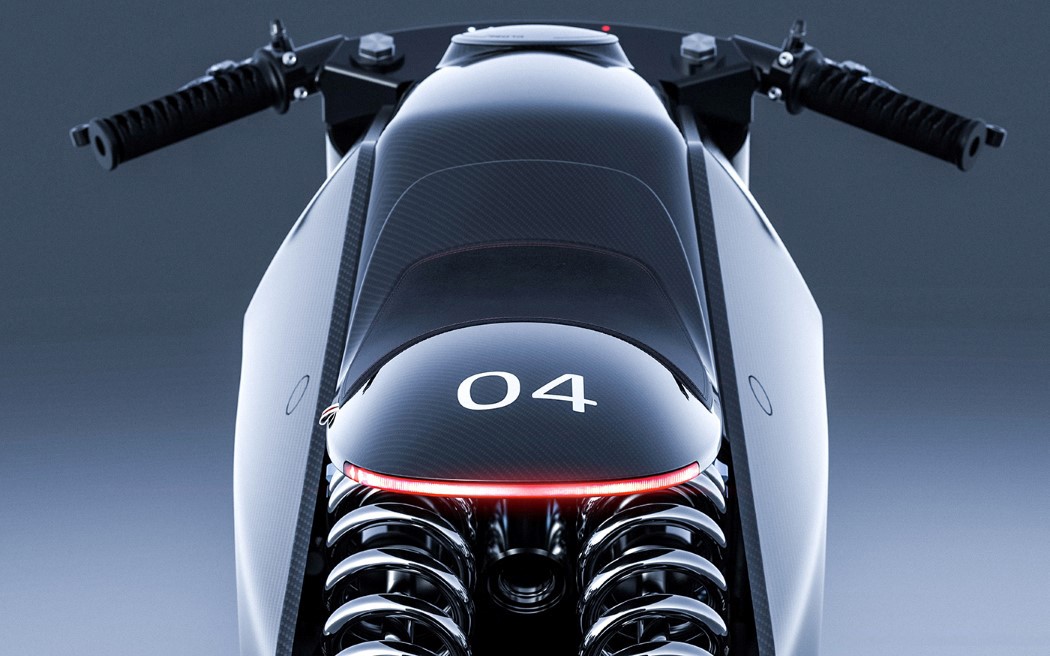
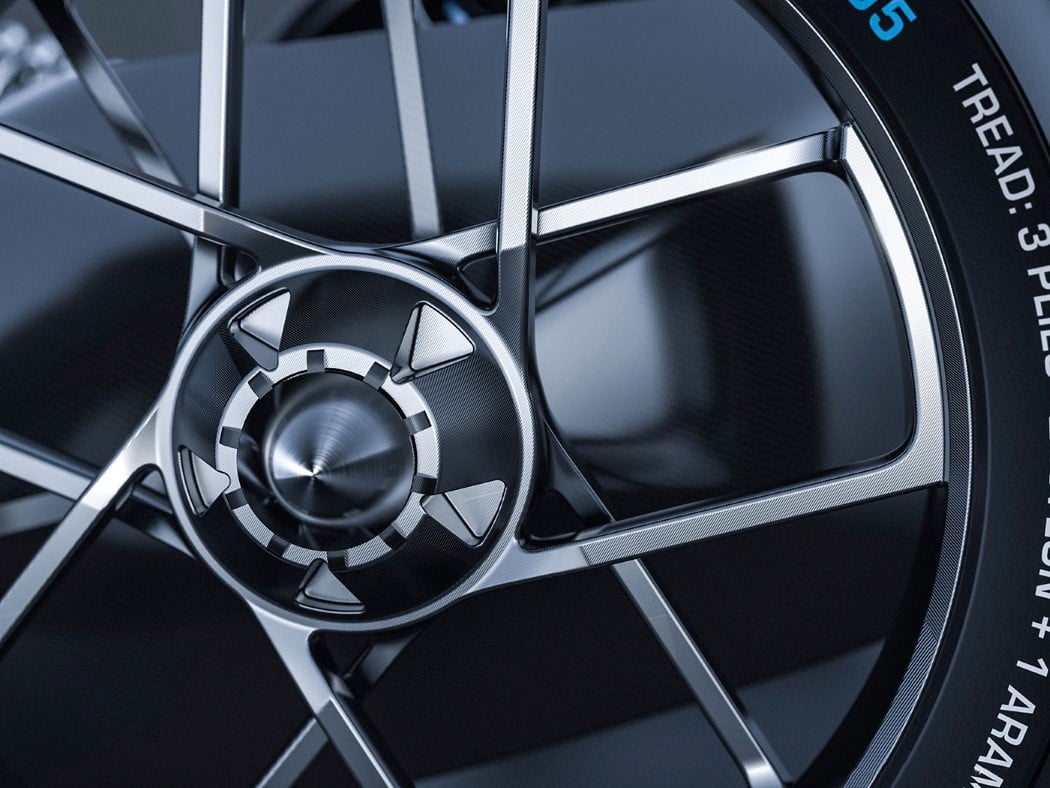
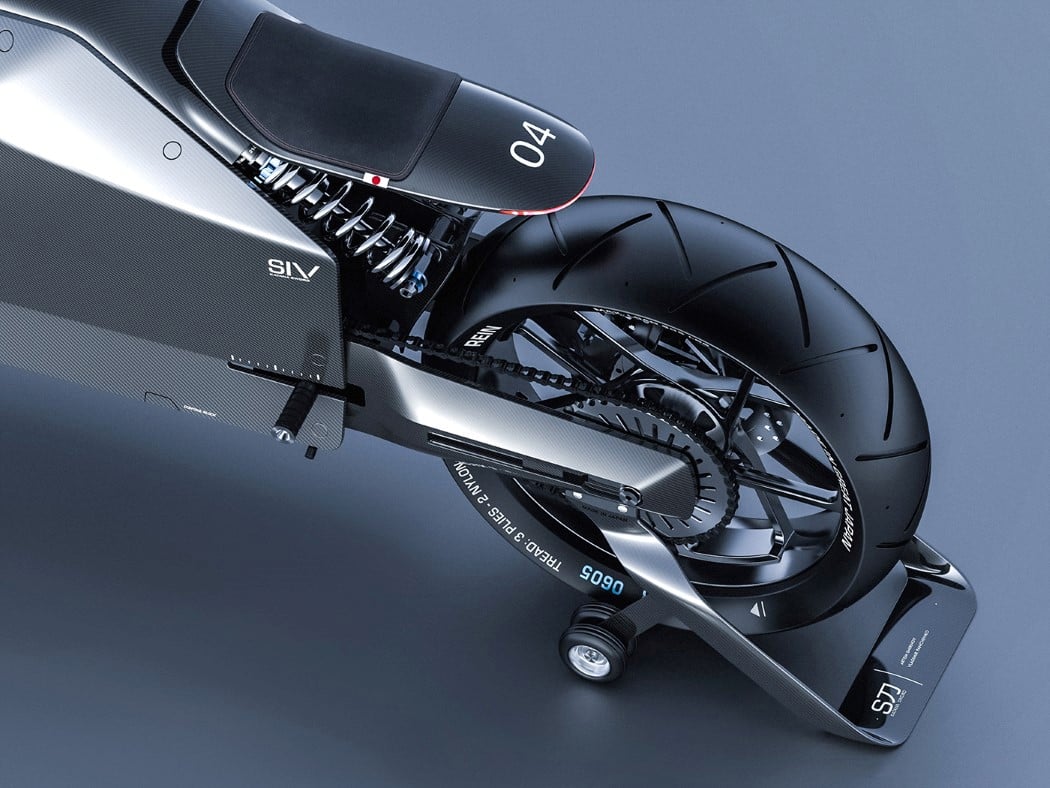
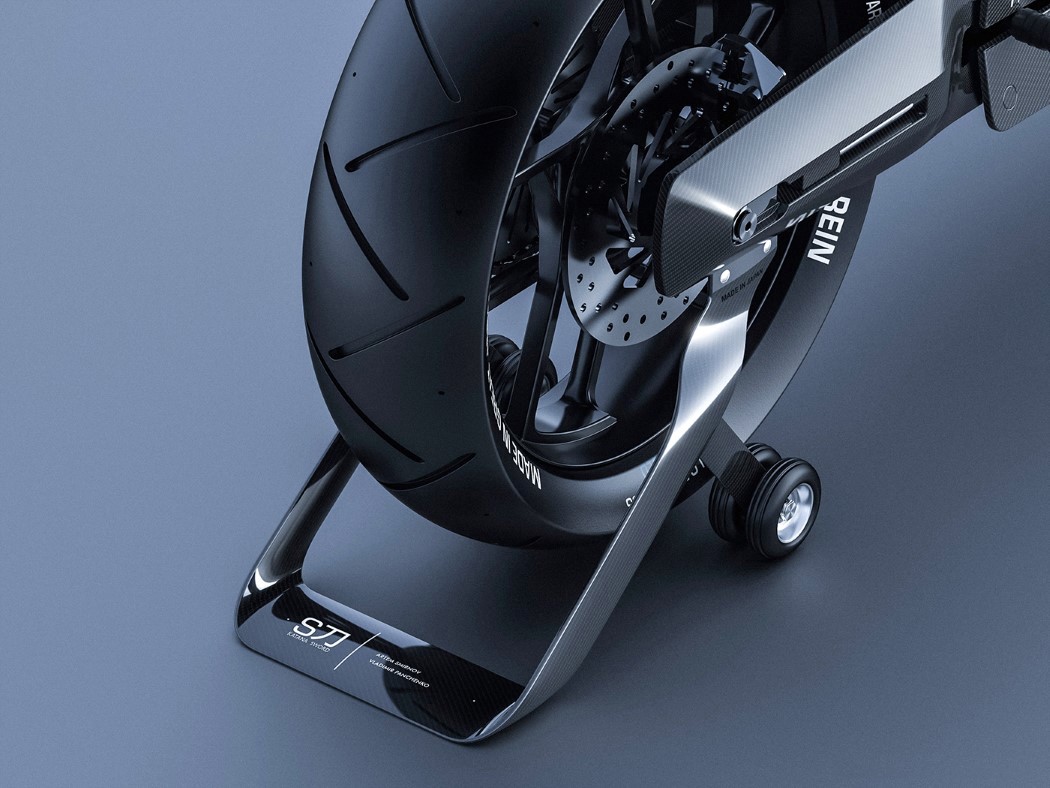

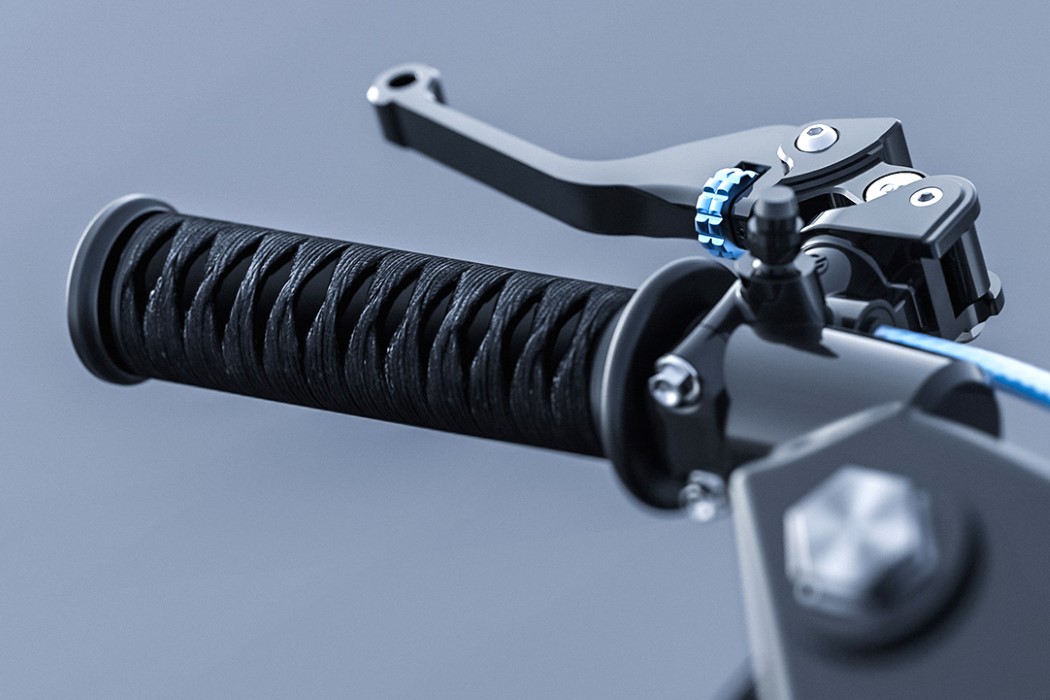

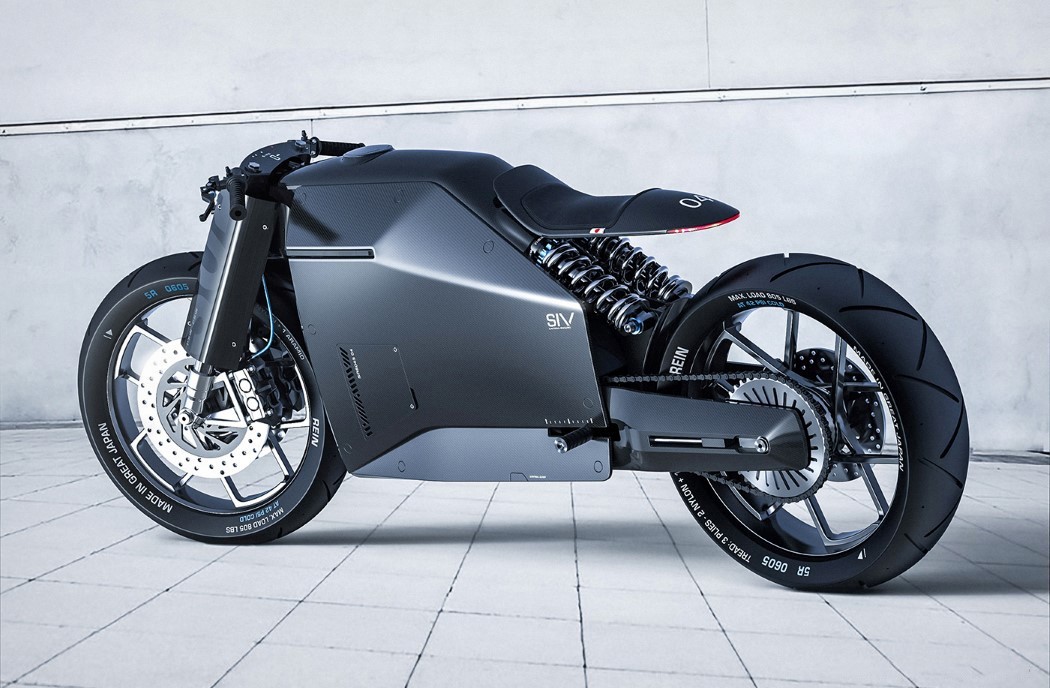
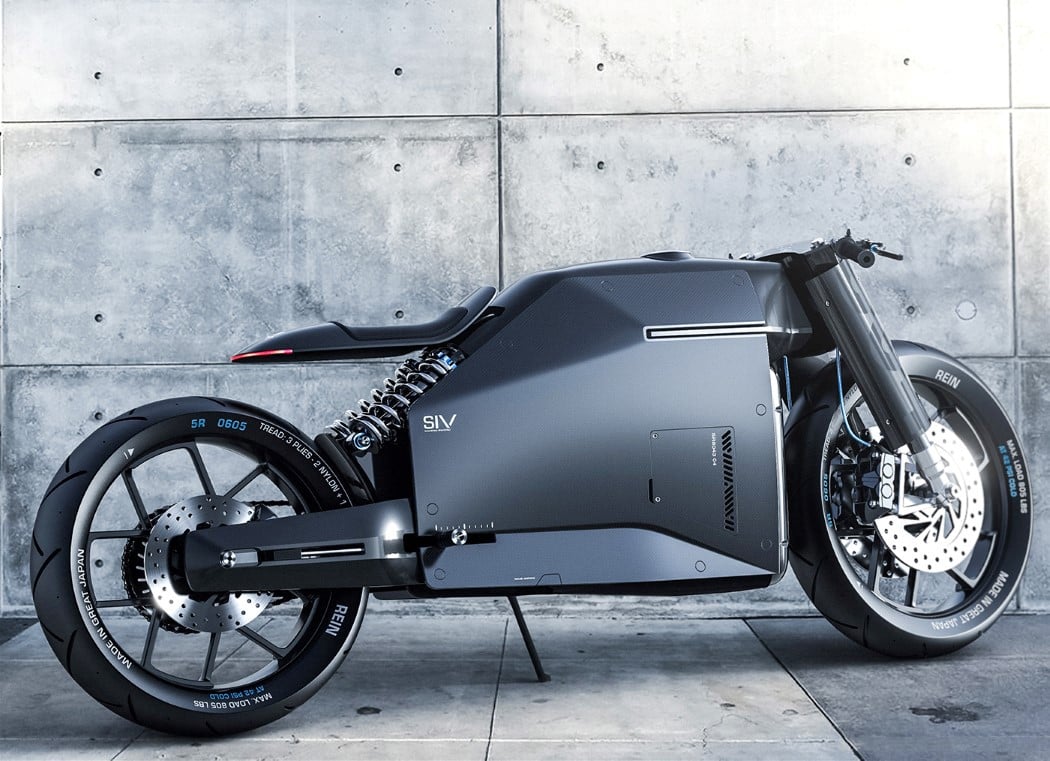
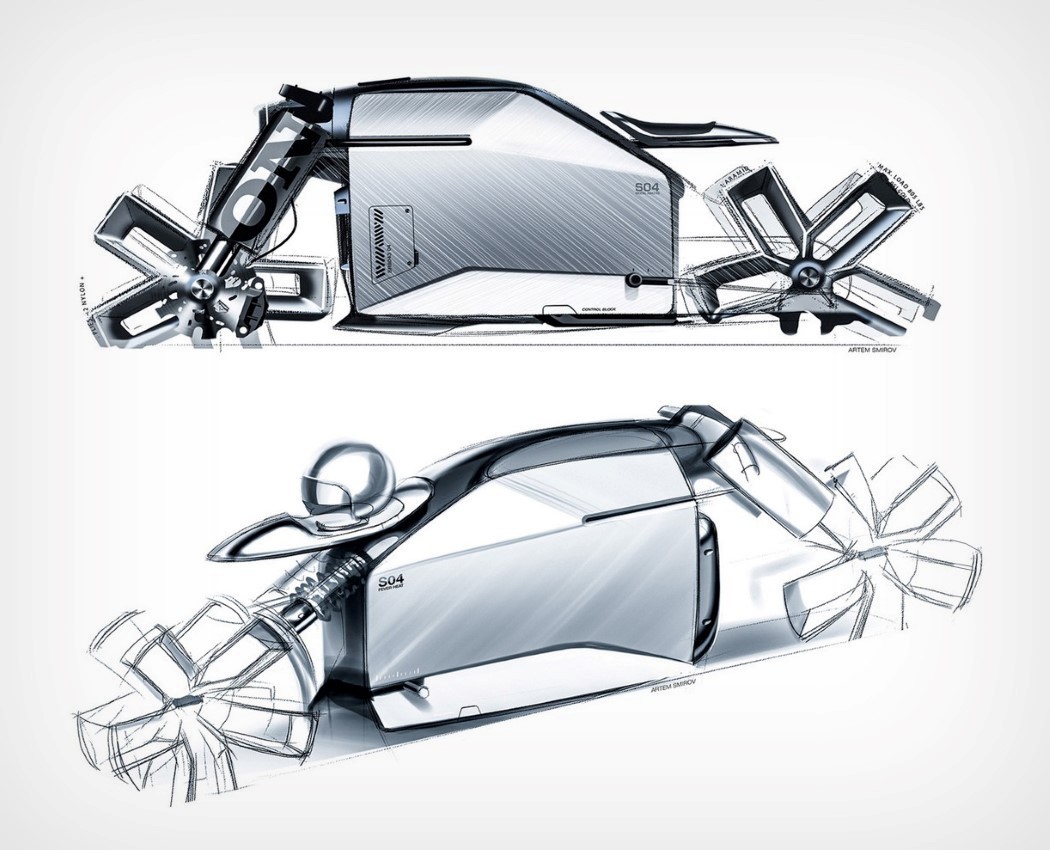
An origami-style tablet stand that’s thinner than your credit card
Crafted from environmentally friendly PVC and PP, the FODI is a nifty little stand for your tablet and smartphone. When flat, it measures a cool 1mm thick, and uses the powers of Origami to fold open into a convenient stand that lets you dock your smartphone or tablet onto it at a convenient angle for watching videos, movies, or just regular video-chatting.
The FODI is made from polymers that provide strength over periodic use (the PP gives it its flexible ability). Designed with alluring patterns like marble, granite, wood, or even graphical designs, the FODI goes rather well with the tech that docks on it as well as the decor around you. Its incredibly slim profile even means you can carry it around with you in your tablet-sleeve or backpack. If only it could wirelessly charge your devices too, that would just be perfect!
Designers: Kade Chan & Kiho Satoshi
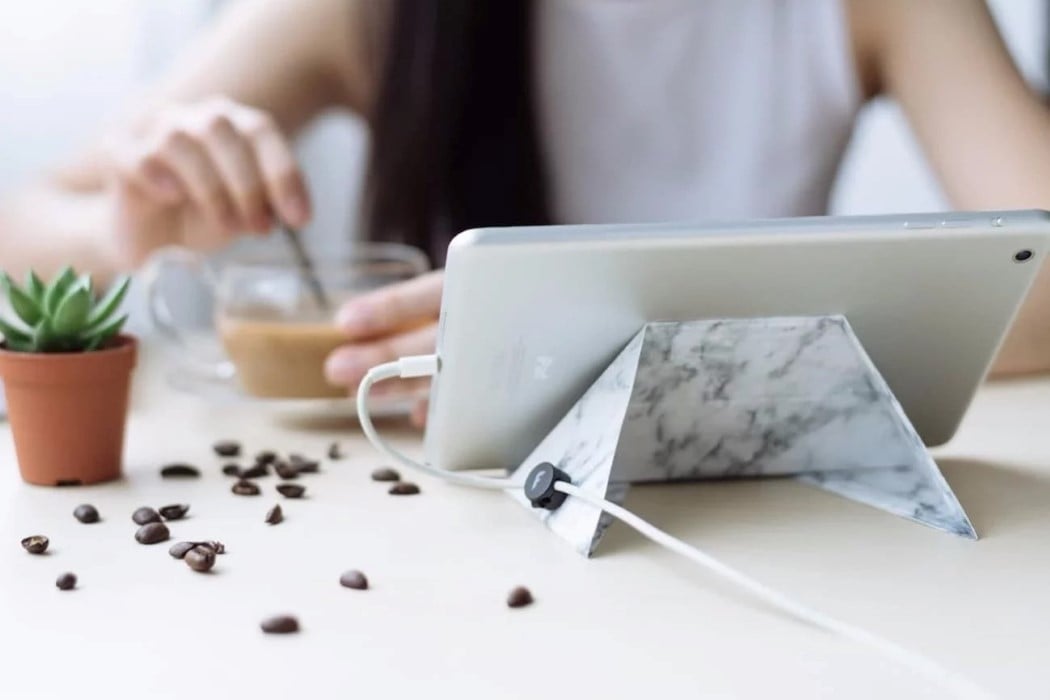
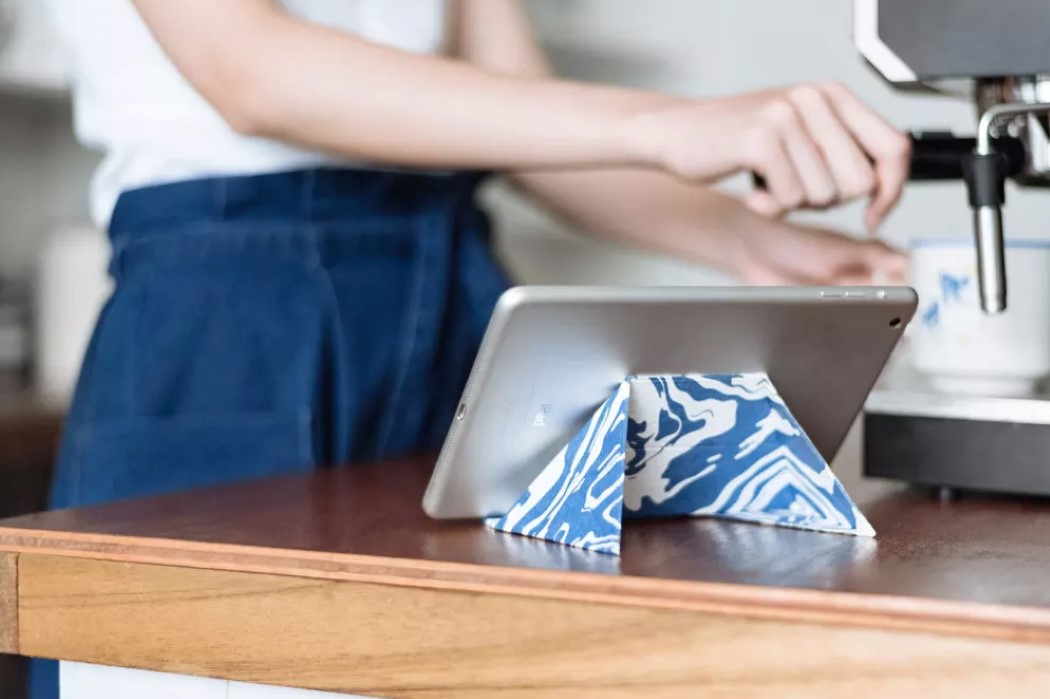
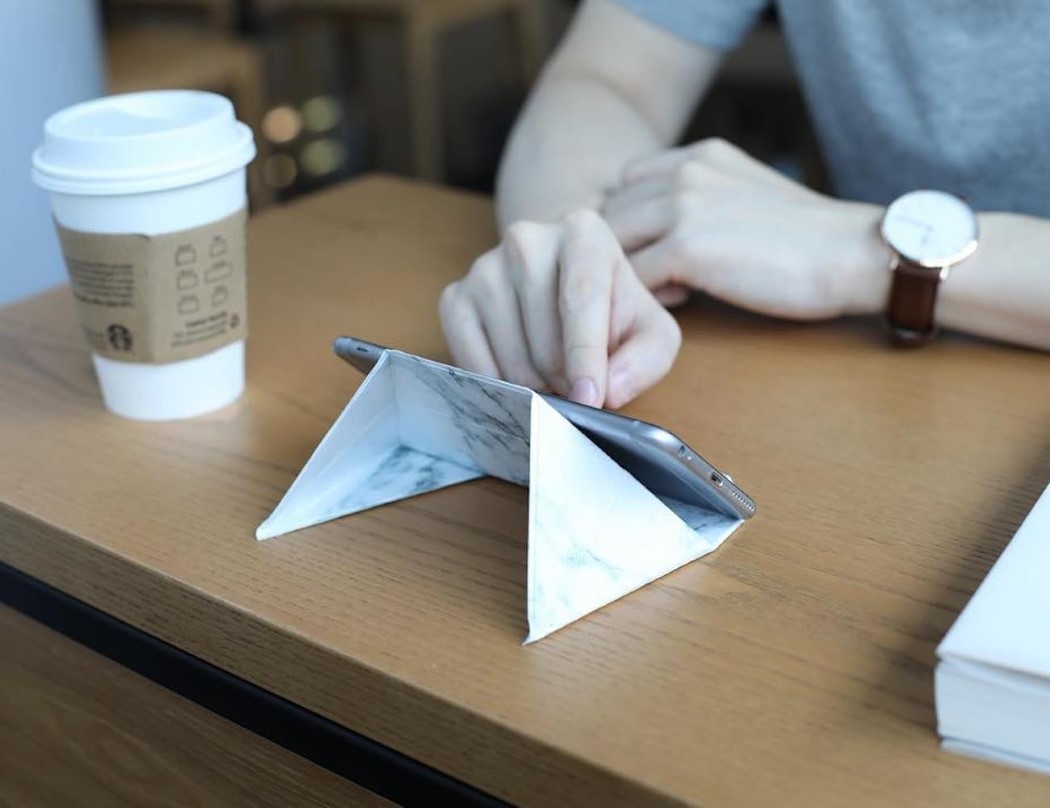
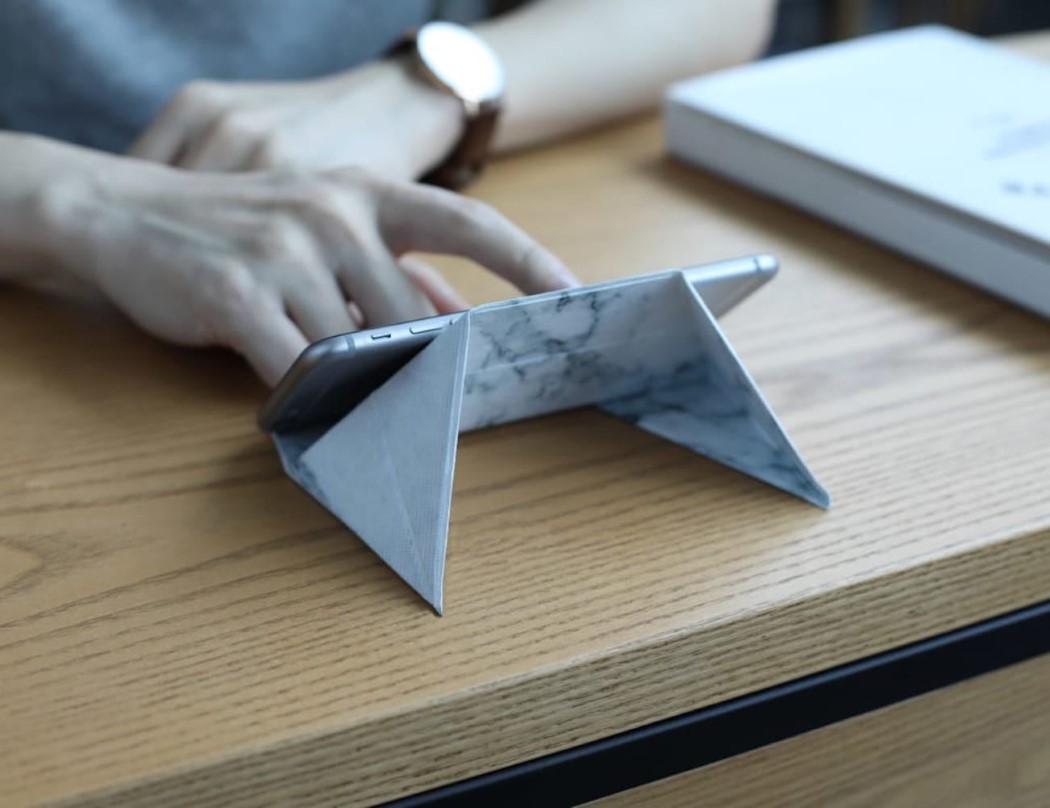
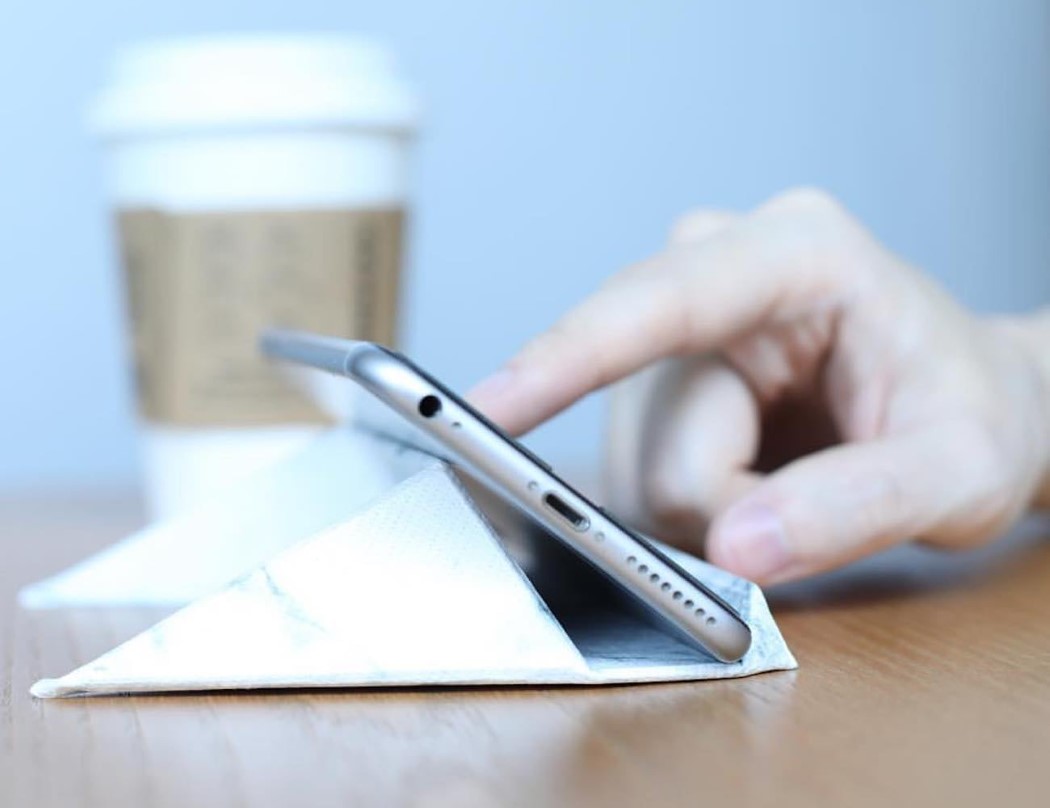
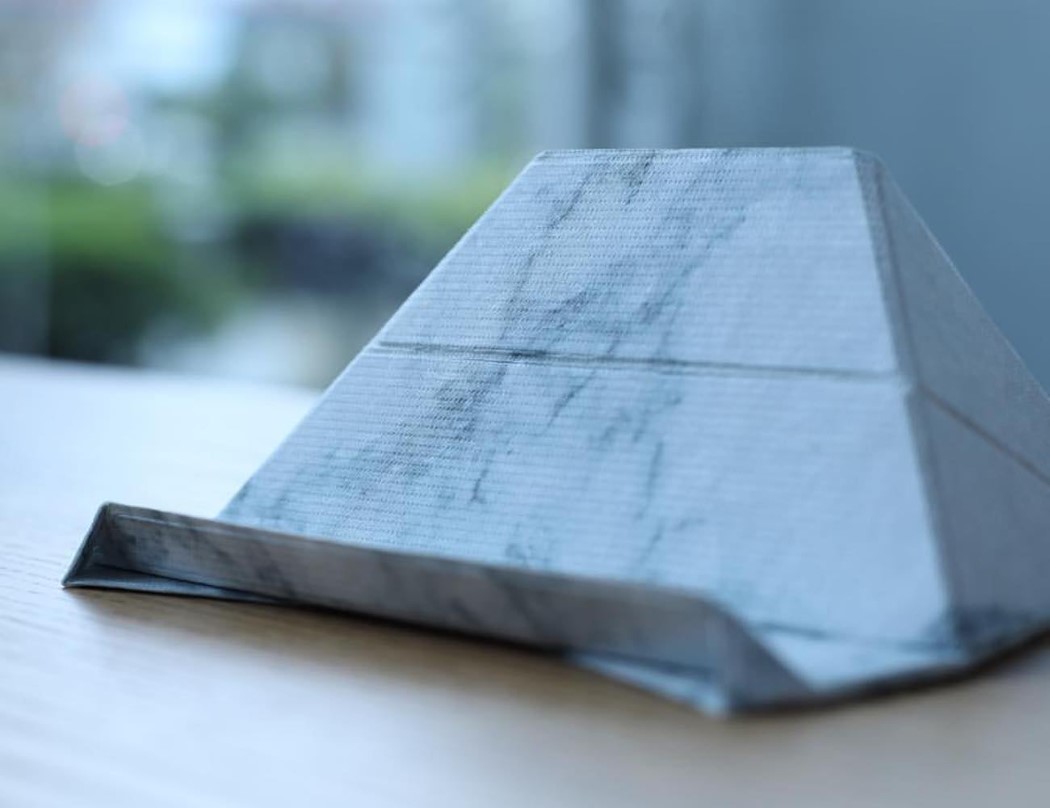
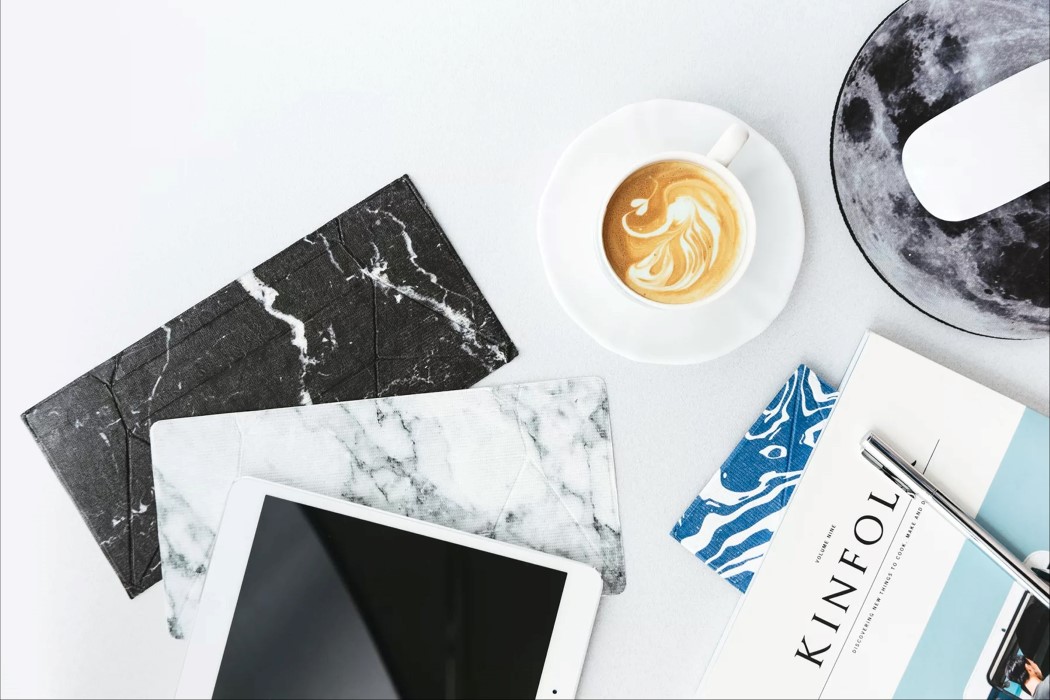
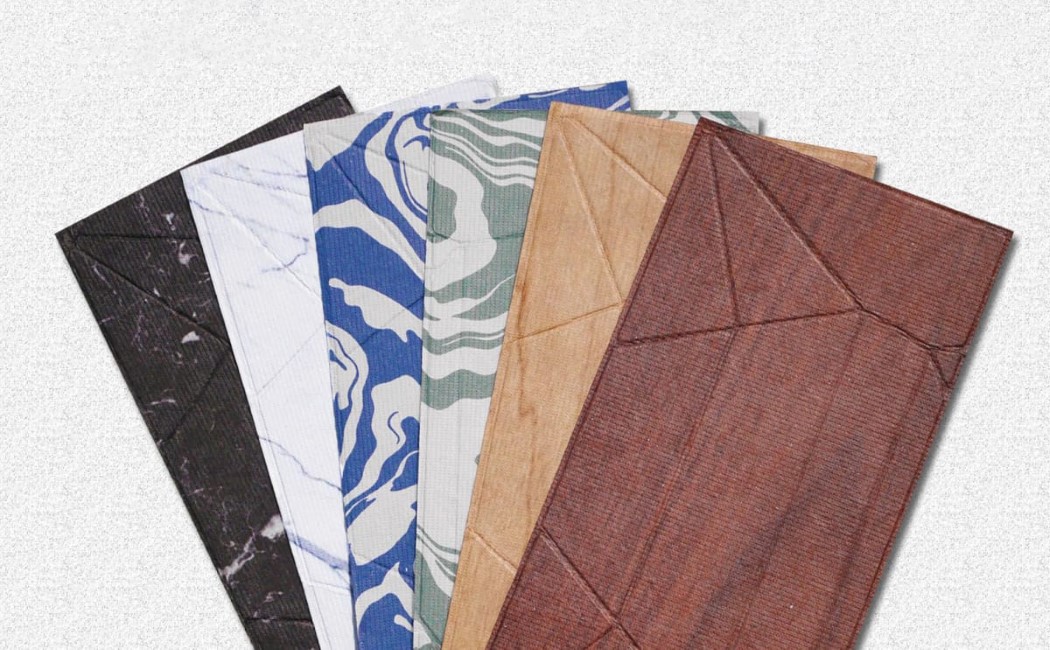
The tiny house craze has gone too far
 Researchers in France have built a teeny, tiny house. It's just a few micrometers wide, too small for even a mite to fit inside, and demonstrates that a focused ion beam and a small robot can create 3D microstructures with incredible accuracy and pre...
Researchers in France have built a teeny, tiny house. It's just a few micrometers wide, too small for even a mite to fit inside, and demonstrates that a focused ion beam and a small robot can create 3D microstructures with incredible accuracy and pre...











